Hello! My name is Denise Akerman, and I am a second-year advertising student at the University of Florida. I created this blog for my MMC2100 class. Here, I will document the world of children's literature. From the classics to new titles, young readers have an infinite number of worlds to explore.
Don't wanna be here? Send us removal request.
Text
The introduction, or how reading has shaped me
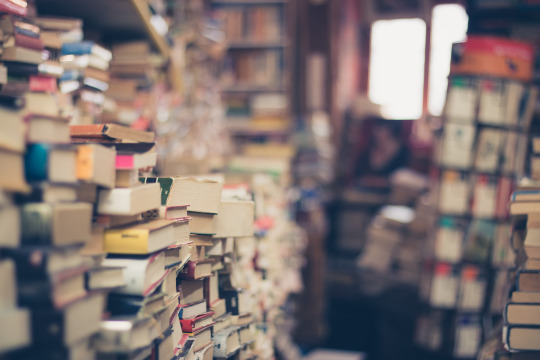
Welcome! My name is Denise Akerman, as stated in the short biography at the top of my blog. I am an advertising major with an English minor and a penchant for reading good fiction.
I don’t recall I time I didn’t truly enjoy reading. Junie B. Jones, spunky kindergartener and social commentator extraordinaire, was my best friend. My own writer’s voice has been indelibly marked by the characters I have met and the places I have visited from the comfort of my childhood bedroom.
I began this blog after considering the most impactful literature I had read, and it is undoubtedly the novels I read as a child. I became a pirate searching for buried treasure with “Treasure Island”; I delved into the mystery of a man and his monstrous alter-ego with “Dr. Jekyll and Mr. Hyde”; I understood the depths of my imagination with “Charlie and the Chocolate Factory”.
Children’s literature is often considered just that, for children only, but there is so much to glean from young adult literature both in childhood and adulthood. Unlocking potential and understanding the range and depth of human relationships (that is, the human experience) can only come from reading often, and above all, reading diverse types of literature.
This blog will feature a variety of subjects: book reviews, news on up-and-coming titles and discussion posts on all things children’s literature will make an appearance.
“Up On A Tiny Shelf” is a personal experiment in which I send my thoughts into the cosmic void of the internet.
I’m always interested in feedback and hope to hear your thoughts soon! Drop me a line and we can discuss your favorite titles.
Photograph taken from unsplash.com. Photos are free for both personal use and commercial use.
0 notes
Text
“The book was better”: how film adaptations shape a book’s cultural impact
We’ve all been there: walking excitedly into a movie theatre to watch the film version of a beloved book, only to walk out two hours later extremely disappointed in the adaptation. Perhaps portions of the plot are either entirely revised or cut altogether or characters are completely unrecognizable. Suddenly, something you love has been completely transformed into something unidentifiable, and it is no longer yours.
This was my experience with the first film in the “Hunger Games” trilogy, a young adult dystopian fiction series. I was absolutely ecstatic when I heard the first book would receive a film adaptation -- I had devoured it as a wide-eyed sixth-grader and had waited with baited breath for the next two installments. Sitting in that darkened theatre three years later was crushingly underwhelming. The film had a glossy veneer, but didn’t seem to have the gravitas and the compelling emotional tug of the novel.
This is not to say that there aren’t fantastic film adaptations of equally excellent children’s books. “Matilda”, a film based on the Roald Dahl book of the same name about a precocious young girl with magical powers, received critical acclaim and remains a seminal part of my childhood. Wes Anderson’s “Fantastic Mr. Fox” is a beautifully animated tribute to another beloved Roald Dahl novel. Holding a novel in great esteem means deeply caring for the world and the characters within it. It can be difficult to reconcile a wonderful book with a poor adaptation, but it is important for us as readers to understand that the author’s canon is theirs exclusively, and that each reader perceives and understands a novel differently. That is why derivative works, like fanfiction, are so popular; Bustle writer Charlotte Ahlin humorously pointed out how several revered works of fiction could be considered “fanfiction” themselves.
Don’t take bad film adaptations to heart. Instead, celebrate the original work and the positive examples of film adaptations that help visualize and contextualize written work.
Have you ever been disappointed by a film adaptation? Were you hesitant and then pleasantly surprised by an adaptation of one of your favorite books? Let me know!
0 notes
Text
The new frontier: how the digital sphere is influencing children’s lit
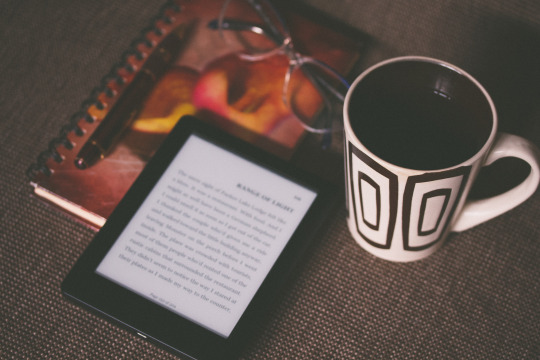
This isn’t your mother’s bookshelf. It’s no secret that the introduction of tablets and e-readers has completely revolutionized how we read literature.
Pew Research Center reported in 2014 that 28% of adults had read an e-book at some point during the year, up from 23% in 2012. Also staggering was the fact that the number of adults who own an e-reading device jumped to 32% after the holidays, up from 24% in September. Adults are plugged in now more than ever.
Children -- and as a result, children’s literature -- are following a similar trajectory. V-tech actually sells a V-reader for toddlers, and many kids are using their parents’ devices for increased screen time. Some people, though, argue that this is not really “story time”, but “screen time” for children.
The newness of devices makes the research inconclusive for now. However, studies suggest that physical books and not e-readers help drive critical skills that aid in the development of language.
Although the jury’s still out, I believe that any reading is critical, whether in the form of a glowing portable device or a physical book. Striking a balance is the best way to make sure you are getting a well-rounded experience. While I do enjoy the convenience of an e-book, there’s nothing like sitting outside on a sunny day with a physical copy of a good book.
What are your thoughts? Do you think e-books are the wave of the future, or are you a traditionalist? Let me know!
Photograph taken from unsplash.com. Photos are free for both personal and commercial use.
0 notes
Text
Back to basics: my top five classic children’s lit titles
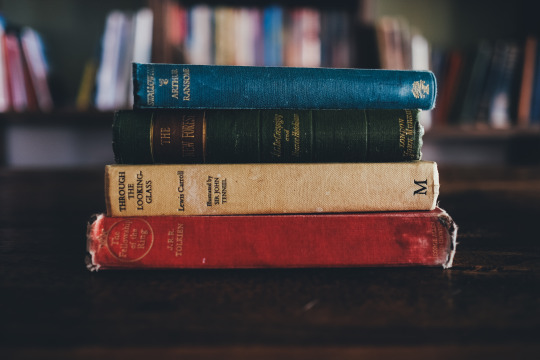
There is nothing quite like discovering a great book as a child. Actual theme parks have been built in tribute to this adoration, complete with fictional shops and culinary concoctions that remain true to canon.
Recently, I decided to rank five of my own favorite titles from childhood. This list is by no means comprehensive and instead a tribute to the well-loved, dog-eared paperback copies of these titles that reside at my parents’ house.
1. A Wrinkle in Time by Madeleine L’engle: This was my first taste of science fiction. Complex, memorable characters (including a spunky heroine) and an engrossing plot including the bending of space and time through a “tesseract” make this tale unforgettable. L’engle’s novel had such a large impact on literary canon that some consider it changed the genre forever.
2. Are You There, God? It’s Me, Margaret by Judy Blume: Reading this Judy Blume novel was one of the sure-fire ways to get a deeper understanding of what growing up truly entailed. Nothing is off-limits in this novel, including religion and puberty, making this required reading for every young girl.
3. The Little Prince by Antoine de Saint-Exupéry: No word in “The Little Prince” is excessive. Well-read adults have been dissecting this succinct tale involving a pilot’s encounter with a prince from another world for years, and for good reason: it is gorgeously written, with several apt observations about life. Lush watercolor illustrations by the author further enrich the narrative.
4. Harry Potter and the Sorcerer’s Stone by J.K. Rowling: This is the highly-regarded and accoladed novel that launched a billion-dollar franchise, and it is not difficult to see why. This coming-of-age tale about a young man who discovers he is a wizard has plenty of world building, intrigue and magic to continue to enchant readers for life.
5. The Goose Girl By Shannon Hale: I’m partial to a well-written fairytale. “The Goose Girl” is about a young princess who has the ability to speak to animals. Part love story and part fantasy tale, this story of how Princess Ani comes to find herself is absolutely riveting.
Check out the New York Public Library’s list of 100 Great Children’s Books for more wonderful literature choices.
Photograph taken from unsplash.com. Photos are free for both commercial use and personal use.
0 notes
Text
Making the case for life-long readership of young adult literature
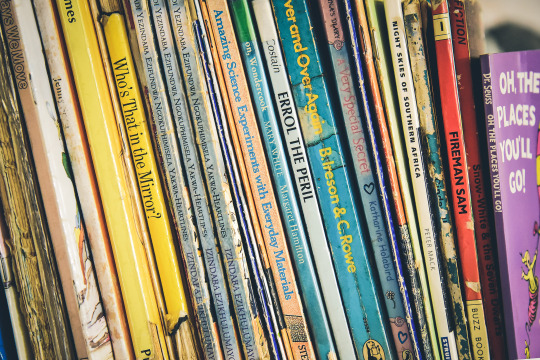
I should confess now that I’ve been reading children’s literature for about as long as I have been able to read. After quickly graduating from the compact security provided by wooden picture books, I moved on to chapter books, devouring them in the morning between bites of sugary cereal and then at night underneath the covers, flashlight in hand.
Nowadays, as an adult, I have traded my paperback copies of Judy Blume novels for somewhat more mature fare. Adult fiction is complex and nuanced. It also is often less fun, and not just because of the distinct lack of colorful pictures to break up the monotony of lines of text.
In the film You’ve Got Mail (one of my personal favorites), bookstore owner Kathleen Kelly says, “When you read a book as a child, it becomes a part of your identity in a way that no other reading in your whole life does.” Do Bilbo Baggins, Charlie Bucket and Harry Potter shape the way we view the world, and perhaps to a greater extent, ourselves? Plenty of adults seem to think so.
YA author Non Pratt writes in The Guardian that she reads young adult and children’s literature exclusively. She acknowledges the ire she sometimes receives and argues that there is no “intrinsically beneficial reason” why she should value “complexity over simplicity”. Pratt believes that reading for reading’s sake should be celebrated. Others agree.
This is a viewpoint I echo. I recently acquired a library card with the Alachua County Library System in my quest to make my own reading a regular habit. Now that I hope to become a copywriter after I graduate, I realize that concise, coherent language, perhaps the type seen in picture books, is critical to our own communication as adults.
During my last half-hour trek from class to the library, I decided to compromise. After picking up a copy of an “adult” book I had been interesting in reading for a while, I decided to return to an old friend: Margaret Simon in Judy Blume’s “Are You There, God? It’s Me, Margaret”, and it felt like another piece of home.
Photograph taken from unsplash.com. Photographs are free for both personal and commercial use.
0 notes
Photo
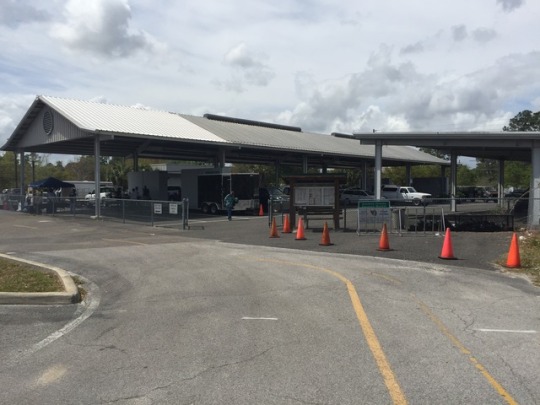
The Alachua County Farmer’s Market is open from 8:30 A.M. to 1 P.M. every Saturday. Local farmers typically bring trucks bearing various types of food and animal products to sell to Alachua County residents. All items sold in the market have to be grown or otherwise produced by the farmers themselves. Many of the farmers also sell their products at other local farmers markets, such as the Union Street Farmer’s Market, located in downtown Gainesville.
0 notes
Photo
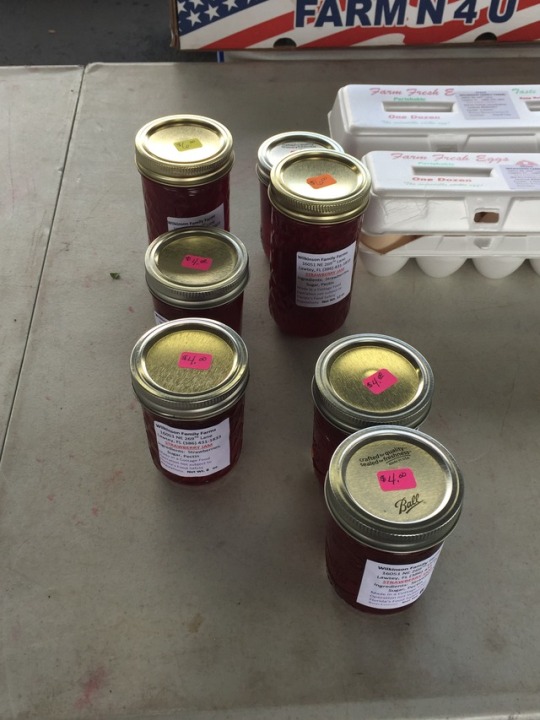
Doug and Anita Wilkinson, of Wilkinson Family Farms, specialize in selling eggs as well as various types of fruit. This week, they sold strawberries, but typically sell whatever is in season. Anita prepares jars of jams to sell each week at the market. “I leave that to her. I don’t think she would want me to do that,” Doug said.
0 notes
Photo
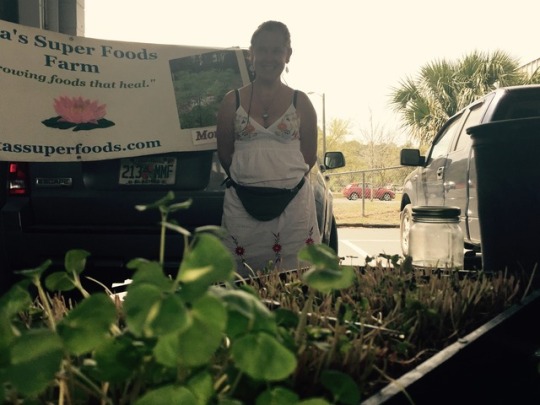
Sita (last name not provided), owns a farm called Sita’s Super Foods. Sita has specialized in creating various products made from Moringa trees, such as crackers, sunflower seeds and burgers, for the last five years, as well as wheat grass and micro-greens. Sita quit her job a few years ago and works on her farm full-time. She believes it is important to eat all-natural, organic foods, and that farmers markets can provide that for Alachua residents. “It’s important to grow and buy local,” she said.
0 notes
Photo
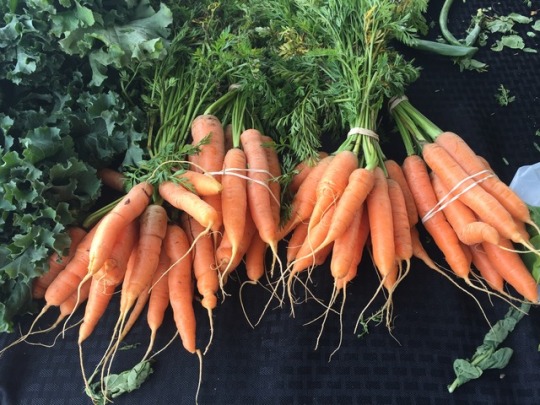
Lennon (last name not provided), of Fisher Farms, grows various types of vegetables, including fresh peas, watermelon, carrots, beans, and beets. Lennon owns the farm himself and sells his produce every week at the Alachua County Farmer’s Market. “Every person at this market has to grow the food they sell,” he said.
0 notes
Photo
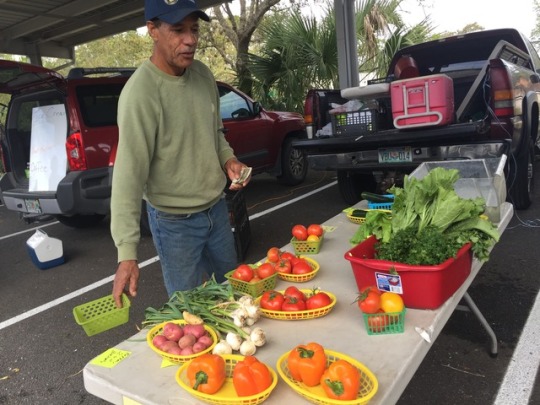
Ramon Angeles, pictured, has been growing various types of crops such as tomatoes, peppers, garlic and potatoes for over 20 years. Angeles was an agricultural engineer in the Caribbean before moving to the United States, and received a master’s degree from the UF Institute of Food and Agricultural Sciences eight years ago. He has worked for the University of Florida in the past and has even created unique strains of crops that the university now utilizes for food and research purposes. Angeles also sells his produce at the Union Street Farmer’s Market on Wednesdays, located in downtown Gainesville. He has an all-natural approach to his harvest. “I do not spray my produce with any sort of pesticide,” he said.
0 notes
Photo
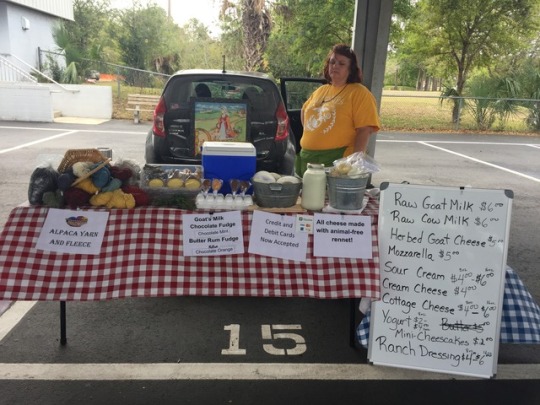
Susan Turchon, pictured, owns Dunroamin’ Farm in Alachua, Florida. She raises various livestock animals, including ducks, quails, chickens, cows and goats. She sells a variety of cheeses and milks, as well as various types of desserts -- this week, she was selling fudge. Turchon also raises alpacas on her farm, and sells yarn and fleece made of alpaca fiber.
0 notes